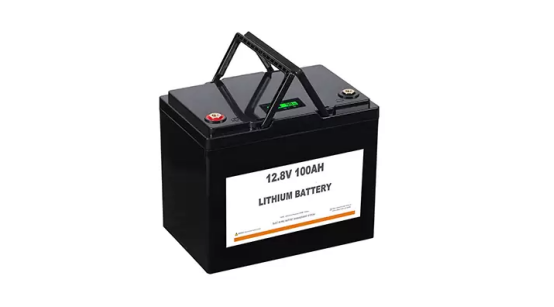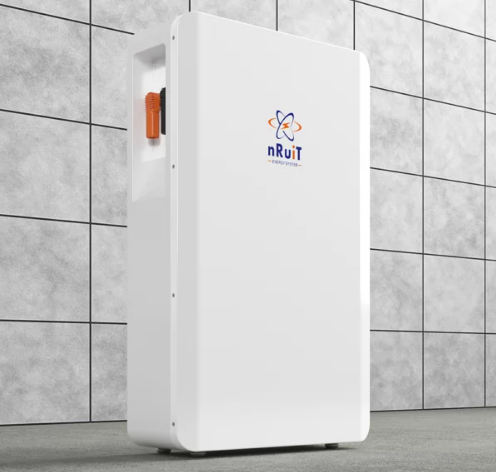The lithium iron phosphate battery is a lithium-ion battery that uses lithium iron phosphate as its positive electrode material. This battery is also called a LiFePO4 battery. The lithium iron phosphate battery is one of the safest batteries, and its durability and safety are superior to other lithium-ion batteries.
Since LiFePo4 is safer, can you overcharge lithium iron phosphate batteries? The answer is NO!
The most common reason for the premature failure of lithium iron phosphate batteries are overcharging and over-discharging. Even if the overcharging happens once, the result can cause permanent damage to the battery.
In this article, we will mainly discuss overcharging and how to charge lithium iron phosphate batteries. Let’s get started it!

What is overcharging?
Overcharging will cause permanent damage to the lithium iron phosphate battery. Overcharging means charging the battery far beyond its fully charged voltage. The full-charge voltage of a monolithic lithium iron phosphate battery is 3.65V. For example, when the charge exceeds 3.65V, it is overcharged.
Overcharging may occur due to the following reasons:
- Lack of proper battery protection system
- Infectious battery protection system failure
- The battery protection system is not installed correctly
On the other hand, over-discharging can also cause damage to the battery. The BMS must disconnect the load if any cells are close to empty. In general, the battery may be slightly damaged when lower than 2.0V, but it can be recovered. However, driving the battery to a negative voltage will be permanently damaged.
How to charge lithium iron phosphate batteries
Charging a lithium iron phosphate battery means applying an external voltage to drive the battery’s cathode current. The battery charger pumps current upwards, opposite the normal direction of current flow when the battery discharges.
The ideal way to charge lithium iron phosphate batteries is to use a lithium iron phosphate battery charger to set the appropriate voltage limits. On the other hand, can a lead-acid battery charger be used to charge lithium iron phosphate? The answer is yes, as long as the voltage is set within the acceptable parameter range of the lithium iron phosphate battery.
If the LiFePO4 battery is not fully discharged, there is no need to charge it after each use. The lithium iron phosphate battery will not be damaged when in a partial state of charge. You can charge LiFePO4 batteries when discharged up to 80% DOD. When the Battery Management System(BMS) disconnects the battery due to low voltage, immediately remove the load and charge the battery. The following are the charging suggestions you need to know. Let’s take a look!
- Check the battery charger
Before using the charger, please check whether the charger cable is insulated and damaged. The charger terminal connector should be clean and properly matched to the battery terminal to ensure a good connection and optimal conductivity.
- Charging conditions
Lithium iron phosphate batteries can be safely charged between 0°C and 45°C (32°F and 113°F). LiFePO4 batteries don’t require temperature compensation for voltage when charging under high or low-temperature conditions.
If the BMS is disconnected because of low temperature, the battery must be warmed up to allow the BMS to reconnect and accept the charging current. On the other hand, the battery needs to be cool down if the BMS is disconnected due to high temperatures.
- How to charge lithium iron phosphate batteries in parallel
Please ensure that the voltage between each battery is within 0.1V to reduce the imbalance between batteries. If you charge a 12V LiFePO4 battery, the charging voltage should be between 14V-14.2V.
- How to charge lithium iron phosphate batteries in series
When connecting batteries in series, ensure that the voltage between each battery is within 50mV (0.05V). This will minimize the possibility of an imbalance between batteries.
If the battery is out of balance, you should charge each battery individually to rebalance. In addition, you can periodically charge each battery individually to avoid imbalance.
How nRuiT can help you

nRuiT offers a one-stop lithium energy storage system solution for residential, industrial, and commercial users. The company has 8 registered patents and 23 authorized utility models.
All the energy storage systems use CATL LFP batteries, reflecting the high quality. In addition, our home energy storage system is suitable for all types of photovoltaic panels.
Power Porter 5.0 is suitable for home energy storage systems. This product has the safest lithium iron phosphate chemical system, a five-year warranty, a long lifespan, and easy installation.
If you are looking for a reliable supplier, contact us.

